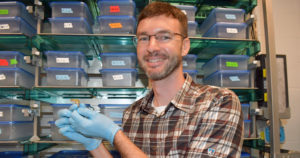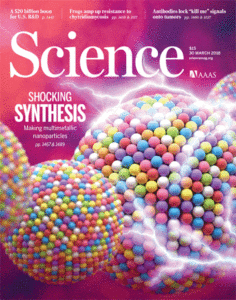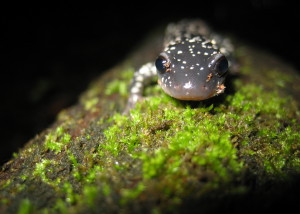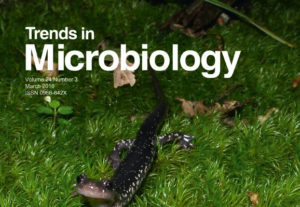
Dr. Woodhams pictured with Northern leopard frog, a focal species for investigating microbiome interactions with host skin defenses
The National Science Foundation has granted Professor Woodhams the prestigious Faculty Early Career Development Award. The award will fund five years of research in the Woodhams Lab, focusing on Microbiome Regulation by Amphibian Skin Peptides, and will support a new course, Microbiome and Disease Ecology Lab, focused on authentic research experiences for undergraduates. Congratulations Dr. Woodhams!


